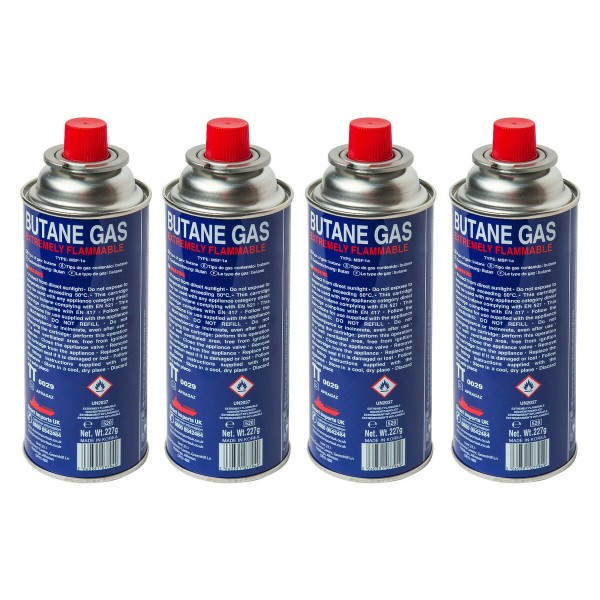
Embarking on outdoor adventures requires careful preparation, and a key component of any camping expedition is the choice and use of camping gas canisters. In this comprehensive handbook, we'll guide outdoor enthusiasts through everything they need to know about camping gas canisters, ensuring a safe, efficient, and enjoyable camping experience.
Introduction
Introduce the significance of camping gas canisters in outdoor activities. Highlight their role in providing a convenient and portable source of fuel for cooking, heating, and lighting during camping trips.
Types of Camping Gas Canisters: Understanding Varieties
Explore the different types of camping gas canisters available. Discuss the variations in size, fuel composition, and compatibility with camping stoves. Guide readers in selecting the most suitable canister based on their camping needs.
Fuel Options: Propane, Butane, and Isobutane
Delve into the specific fuel options for camping gas canister. Discuss the properties of propane, butane, and isobutane, including their advantages and limitations. Provide insights into when each type of fuel is most appropriate for different camping scenarios.
Choosing the Right Size: Balancing Portability and Capacity
Guide readers in selecting the right size of camping gas canisters. Discuss the trade-off between portability and fuel capacity, considering the duration of the camping trip and the frequency of cooking or heating requirements.
Compatibility with Camping Stoves: Ensuring a Perfect Match
Highlight the importance of compatibility between camping stove gas canister. Provide guidance on checking the stove's specifications and choosing a canister with the appropriate valve type to ensure a secure fit.
Safe Handling and Storage: Best Practices
Emphasize safety protocols for handling and storing camping gas canisters. Discuss proper transportation, storage conditions, and the importance of keeping canisters away from heat sources or direct sunlight to prevent pressure buildup.
Using Camping Gas Canisters: Step-by-Step Guide
Provide a step-by-step guide on how to use camping gas canisters. Cover topics such as attaching the canister to the stove, regulating the flame, and safely disconnecting the canister. Include tips for troubleshooting common issues.
Understanding Burn Times: Estimating Usage
Discuss how to estimate burn times for camping gas canisters based on factors like the stove's fuel consumption rate and the type of cooking or heating being done. Help readers plan for the appropriate number of canisters for their trip.
Environmental Considerations: Leave No Trace Camping
Address the environmental impact of camping gas canisters. Discuss the principles of Leave No Trace camping, including proper disposal of empty canisters and choosing environmentally friendly fuel options isopropyl alcohol.
Winter Camping and Altitude: Special Considerations
Explore considerations for winter camping and camping at high altitudes. Discuss the impact of temperature on fuel efficiency and the importance of using canisters equipped to handle colder conditions.
Emergency Preparedness: What to Do in Critical Situations
Outline emergency preparedness measures related to camping gas canisters. Provide guidance on handling leaks, ensuring proper ventilation, and having a contingency plan in case of unexpected situations.
Regulations and Restrictions: Know Before You Go
Inform readers about camping regulations and restrictions related to gas canister usage. Highlight any specific rules in national parks, camping sites, or regions they plan to explore.
Conclusion
Summarize the key points covered in the camping gas canister handbook. Reinforce the importance of proper planning, safety, and environmental consciousness in enhancing the outdoor camping experience.

